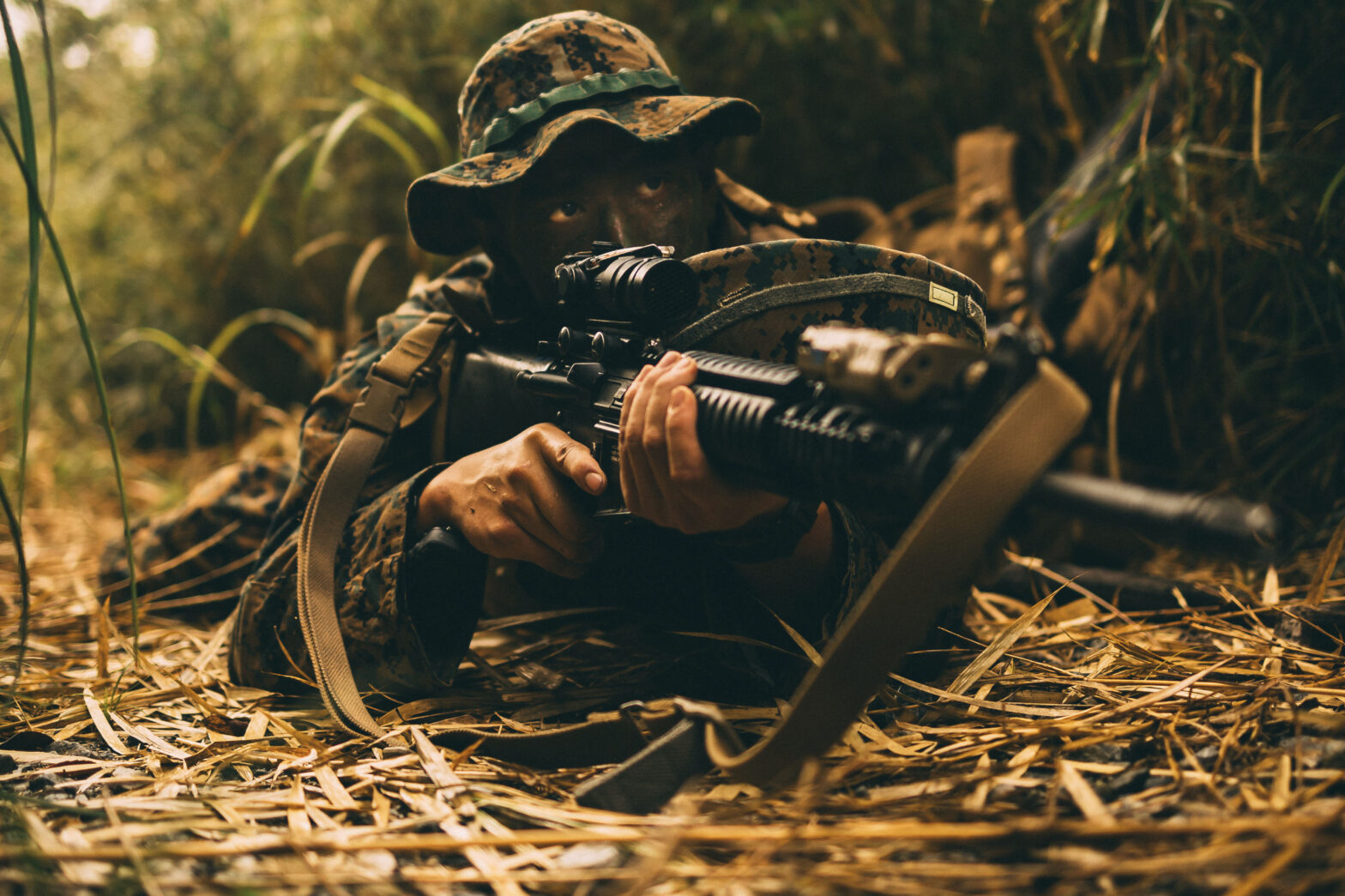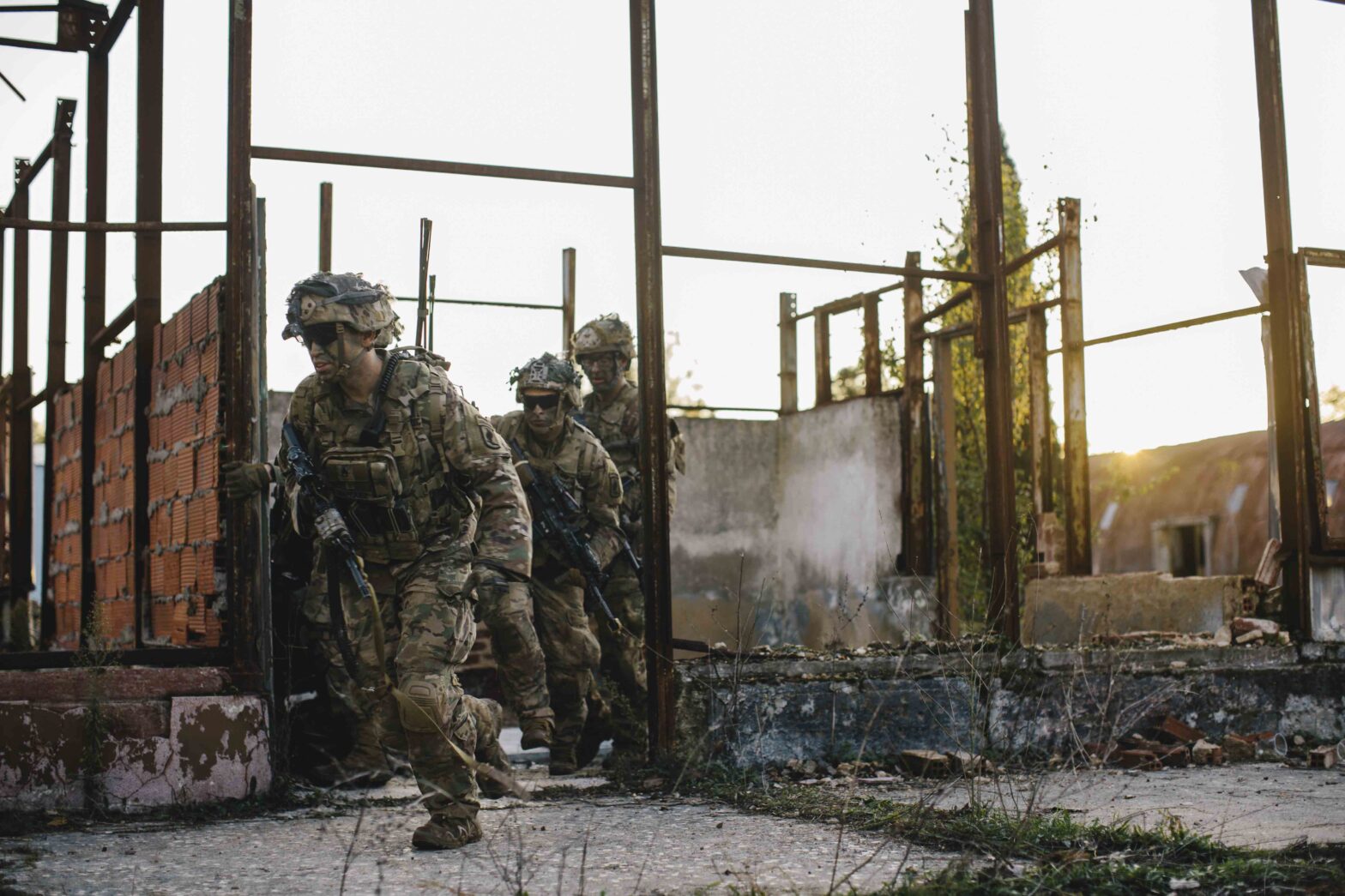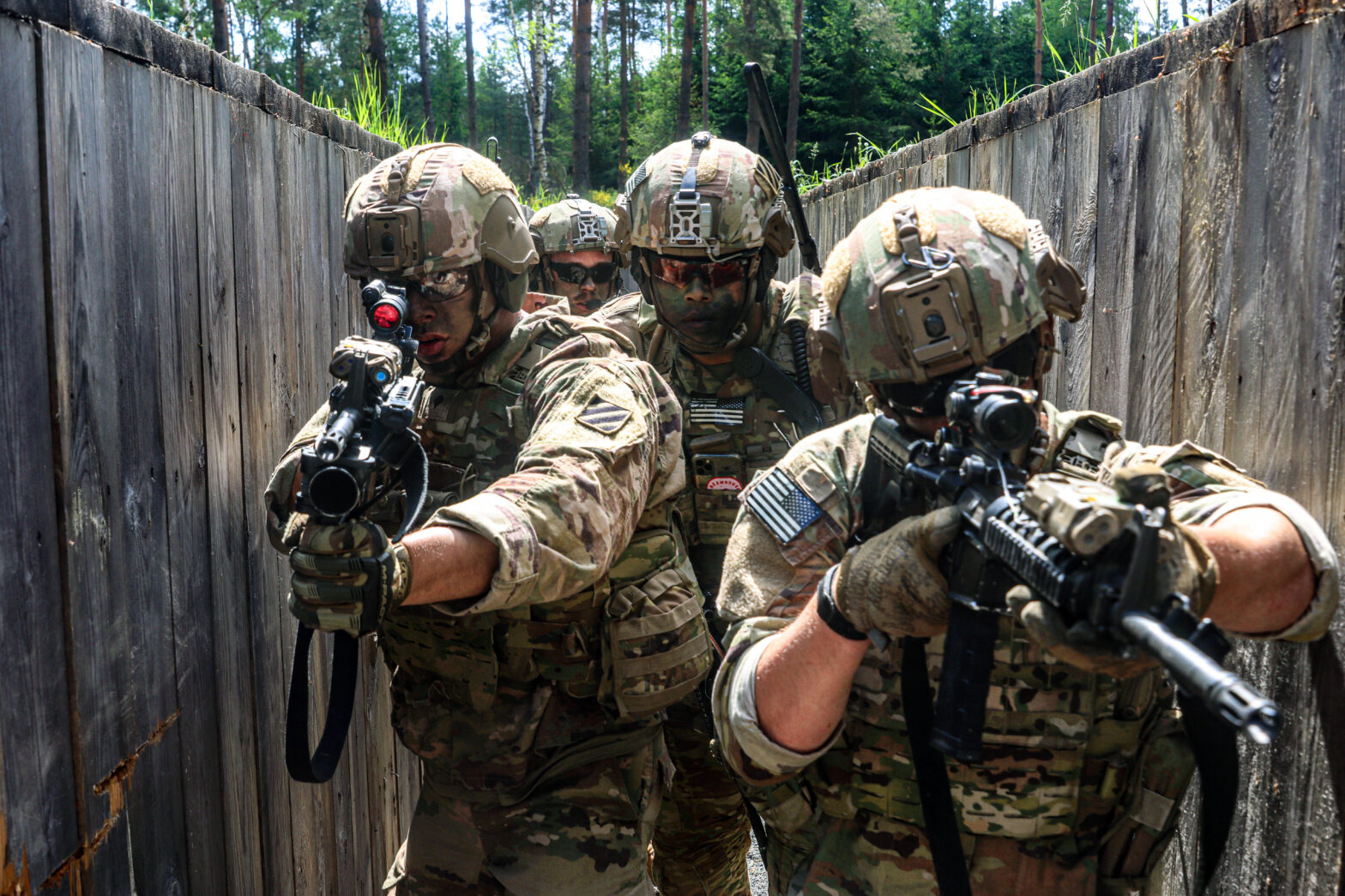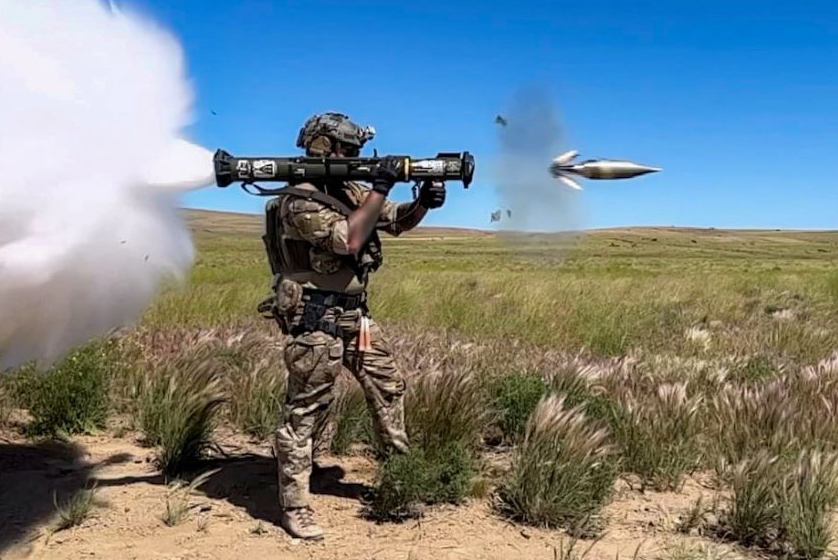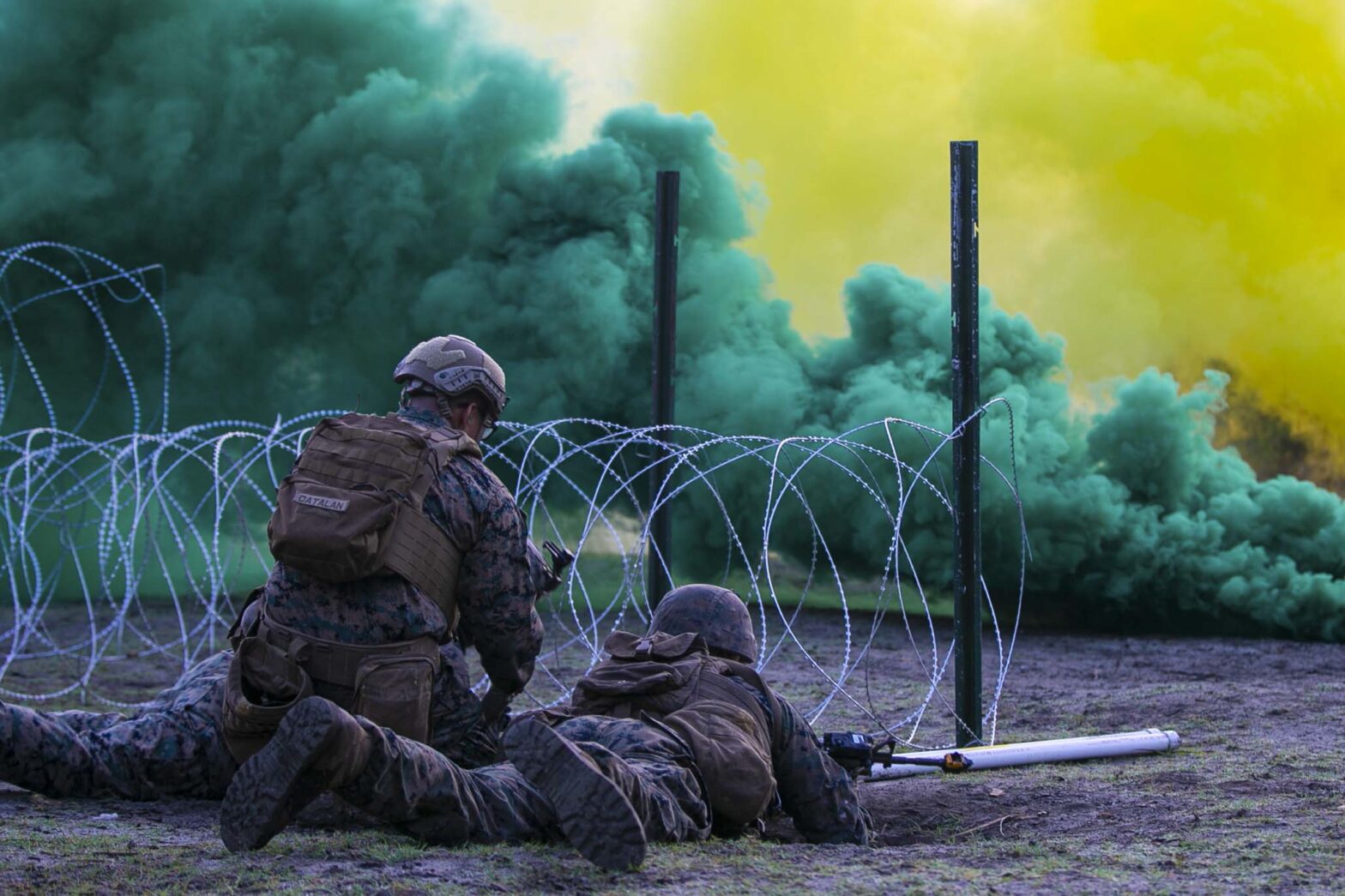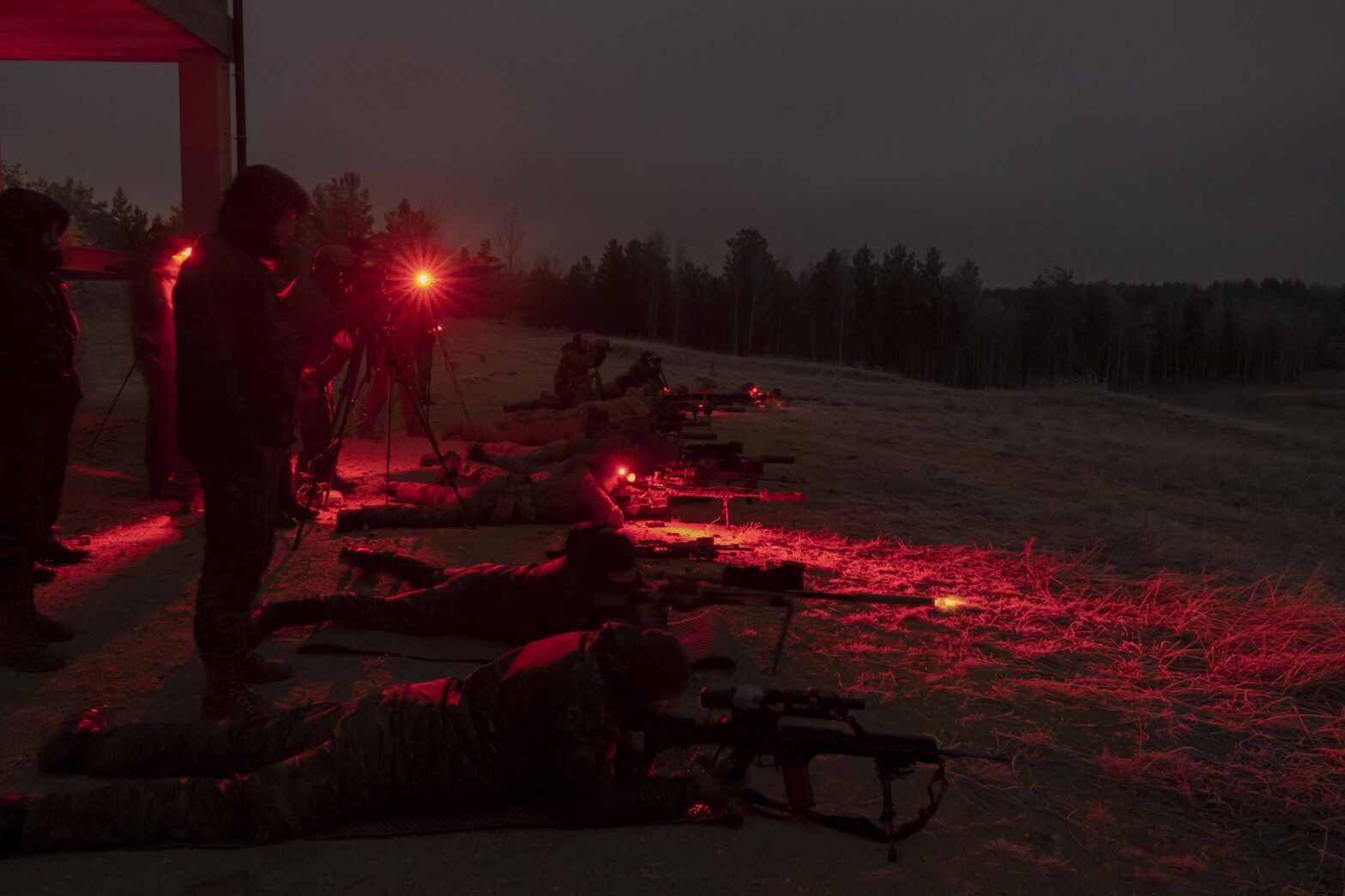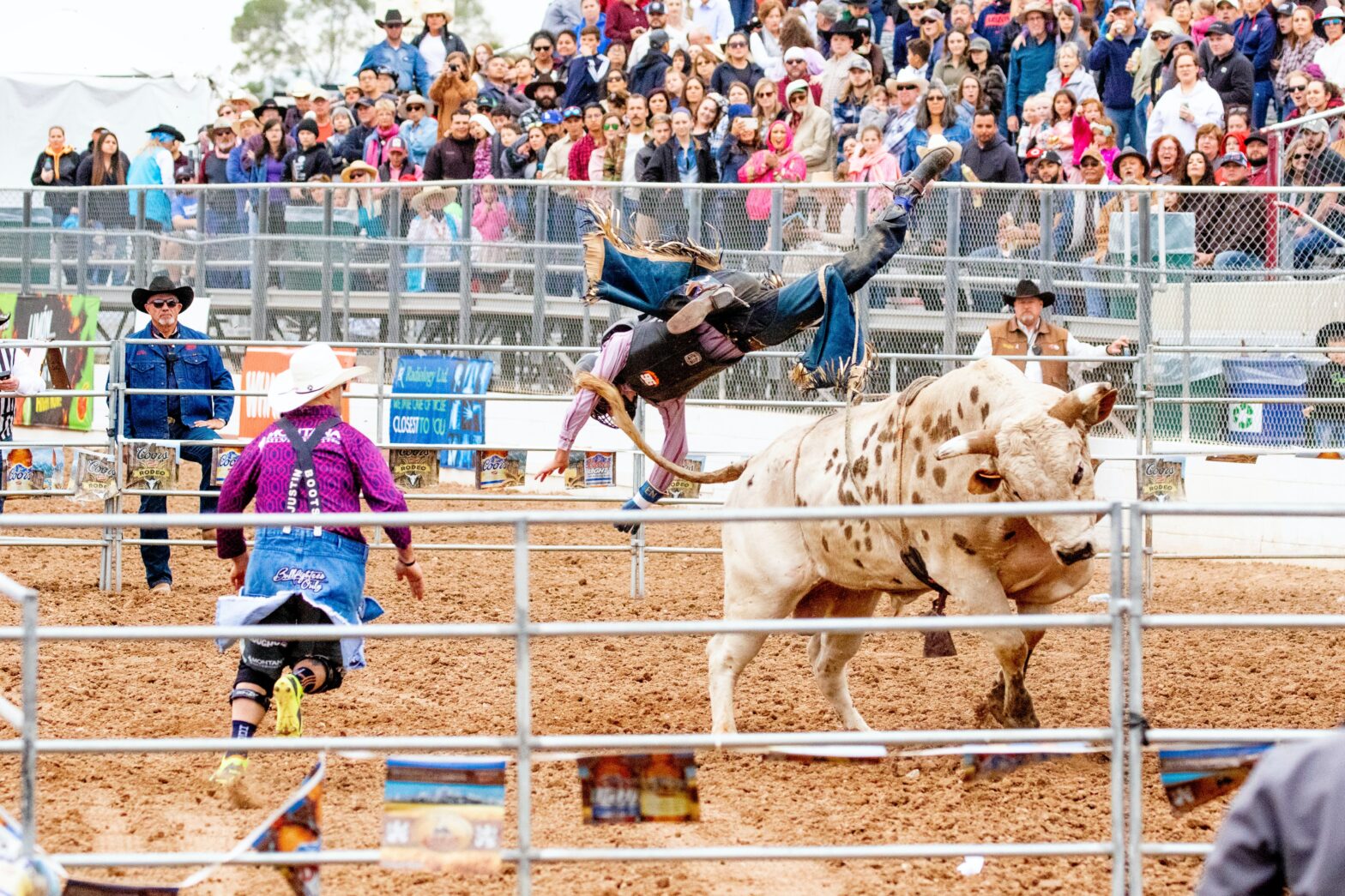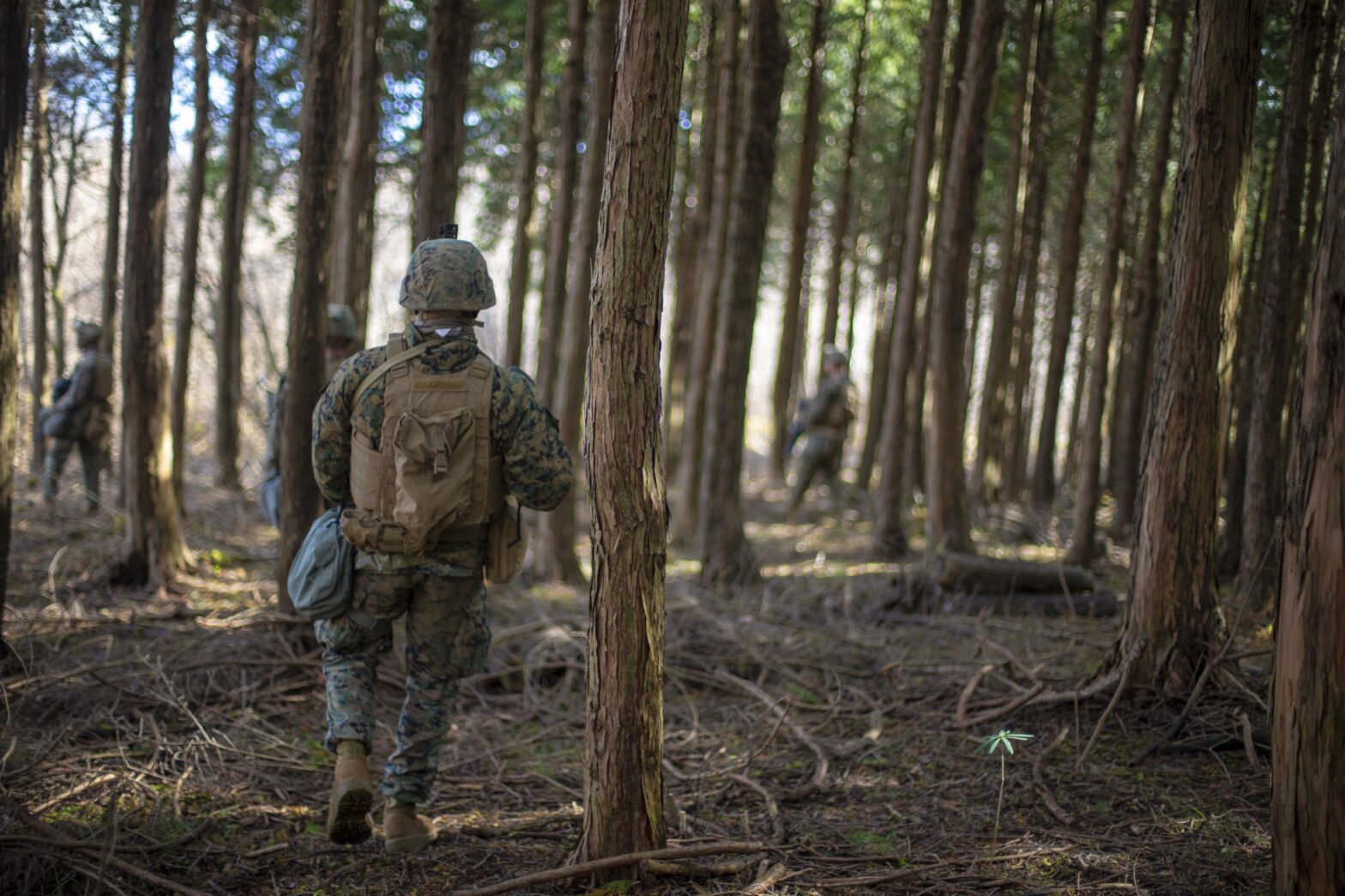We know subconcussions can change the way the brain communicates. We also know the specific areas that appear most vulnerable to these exposures – emotion, memory, sleep, sensory systems for situational awareness. [1-3] But the brain remains plastic, meaning roadways aren’t permanent. Even in stroke patients and those with multiple sclerosis, neuroplasticity remains possible. [4-5]… Continue reading Target Vulnerabilities
Author: Dani Fennerty
Anytime. Anywhere.
The reality of your job is that you must be ready anytime, anywhere. You won’t always know what your operational tempo will be, what you’ll be sleeping under, or what training equipment you’ll have access to. This requires your training programs to be adaptable to anytime, and anywhere. I’ve worked as a Physical Therapist on… Continue reading Anytime. Anywhere.
Train Angular and Linear Acceleration/Deceleration
We move in both angular and linear planes. Angular planes are Yaw (like shaking your head “no”) Pitch (like shaking your head “yes”) Roll (like moving your ear down to your shoulder) Linear planes are Moving up/down Moving side/side Moving forward/back As a tactical athlete you want to ensure that your training program incorporates all… Continue reading Train Angular and Linear Acceleration/Deceleration
Train Sensory Chaos
As a tactical athlete you want to train for sensory chaos, this is called habituation training. Habituation is desensitizing your brain to sensory inputs so that your performance isn’t negatively impacted under conditions of sensory chaos. Because you perform in the most extreme and unpredictable conditions, training this skill is vital. I strip habituation training… Continue reading Train Sensory Chaos
Maximizing Time Between Subconcussive Exposures
One strategy for decreasing the impacts of subconcussions on performance is to maximize the time between exposures. Subconcussions cause subtle neurotrauma. Maximizing time between exposures gives the brain time to heal and decrease the neuro-inflammation caused by the subconcussive hits. In combat situations this is often uncontrollable but should be optimized in training structure. Leaders… Continue reading Maximizing Time Between Subconcussive Exposures
Visual Motion Sensitivity
Visual motion sensitivity is common post-concussion. [1-2] Visual motion sensitivity is hypersensitivity to visual stimuli. It can trigger headaches, dizziness, and imbalance. It is common for someone post-concussion to be overstimulated by walking through a grocery store or down a crowded hallway. These individuals often need to undergo physical therapy to desensitize them to visual… Continue reading Visual Motion Sensitivity
Asking “So What?”
Anytime I read a research paper I constantly am asking myself “So what?” This isn’t in a dismissive way. It’s so my brain sees the information given to me and finds a way to make it meaningful to the people I serve. This article, Evidence of Dynamic Visual Acuity Impairments in Asymptomatic Mixed Martial Arts… Continue reading Asking “So What?”
The Vestibulo-Spinal Reflex
Your vestibular system senses acceleration/deceleration movements. The vestibulo-spinal reflex (VSR) is the reflex that keeps your trunk positioning relative to gravity. The vestibular system will sense an acceleration/deceleration movement and send a signal to your trunk muscles to contract via the VSR. The VSR is vital for performing at a high level and for injury… Continue reading The Vestibulo-Spinal Reflex
Speed in Every Plane
Have you ever watched a movie where they are filming from the perspective of a person running and the camera is shaking all over the place and you can’t keep the scene in focus? But then when they slow down it becomes clear again. Why is that? It’s because when they are moving slowly, your… Continue reading Speed in Every Plane
Beyond Muscle Fatigue
One way we slow down is through muscle fatigue. But muscle fatigue isn’t the only cause of slowing down. Our sensory systems fatigue as well. When in a highly stimulating environment, our sensory systems are working overtime sending signals to our brain. Our brain then needs to interpret these signals and send information to our… Continue reading Beyond Muscle Fatigue
